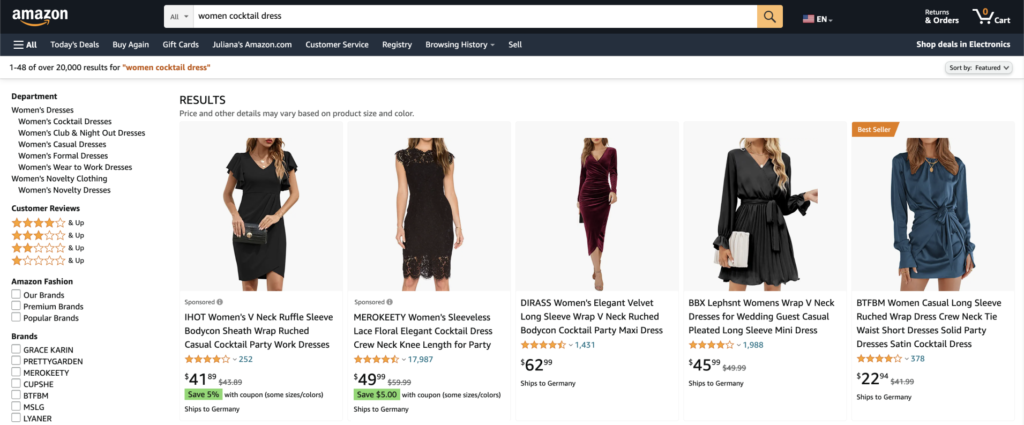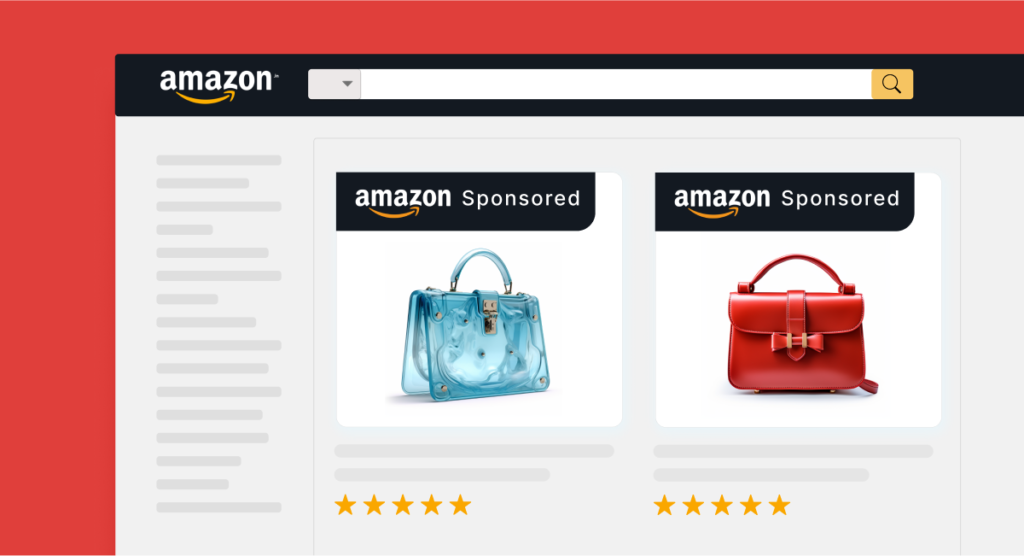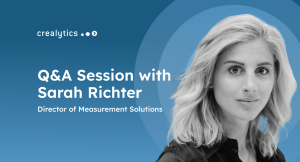Amazon has become a retail media machine, with ad sales generating more than $31 billion in revenue in 2021 and $9.5 billion in Q3 last year, making it the biggest online ad seller in the U.S., right behind Google and Facebook.


With retail media’s takeover of digital advertising, other retailers have also entered the ad space, but Amazon dominates. Read on to understand what sets Amazon sponsored products apart so you can replicate its winning tactics, regardless of the size of your retail business.
Top Reasons Amazon Sponsored Products Drive Revenue
Amazon’s ad business contributes to roughly 40% of the company’s EBITDA. Sponsored products deliver the lion’s share; here’s how:
1. Strong focus on relevancy
Like many retailers, Amazon feared that the “customer experience would be negatively impacted” when it launched sponsored product ads approximately ten years ago, as a former Vice President recounted. Its advertising department argued these paid placements “could be done in a smart and beneficial way.”
These proponents were right — Amazon built its ad business without cannibalizing its retail division or disrupting the user experience. It prioritized relevancy in its sponsored ads, inventing ways “to ensure that our advertising products help customers discover selection they love,” according to Patrick Graham, a spokesperson.
Using Amazon’s own AI-based onsite search and personalization, sponsored product listings are as relevant as organic results. In contrast, most eTailers use third party vendors to build their retail media networks, which use siloed algorithms and don’t fully leverage retailers’ first party data, including shopper behavior.


2. Maximized ad quantity
Fears of losing relevancy and control drive most retailers to limit sponsored products to no more than ten per page, whereas Amazon’s fill rates may exceed 40%. In fact, sponsored ads appear on the first page of search results at a rate that is 2x and 4x that of Walmart and Target, respectively.
3. API open to multiple demand partners
Amazon opens its sponsored products inventory to hundreds of brands and agencies. With its API, advertisers can easily plug into Amazon’s website to automate their media buying and use the behemoth’s automatic targeting.
How to Replicate Amazon Sponsored Products’ Success
Even if your retail media network does not possess the same ingredients as Amazon’s winning recipe, you can use the right retail media technology to be on a similar golden path.
For instance, Crealytics’ retail media solution is the industry’s first sponsored products supply side platform (SSP). Retailers can supercharge their existing sponsored listings using key functionality:
1. Drive relevancy to grow click-through-rates (CTRs)
Crealytics invisible tech layer integrates directly with your AI-based onsite search and personalization. Like Amazon, you do not need to rely on siloed third party data; instead, your sponsored results with first party consumer data.
With relevancy as high as organic results, sponsored ads get higher click and conversion rates. For instance, shortly after the adoption of Crealytics’ Sponsored Products SSP, a leading office retailer grew its CTR from 0.5% to over 2%, tripling sponsored product ads revenue.


2. Effectively expand ad inventory for more paid clicks
Greater relevancy means retailers can confidently relax limits on ad inventory. Moreover, Crealytics Fluid Sponsored Ads technology places the ideal number of sponsored results per page view. Unlike most retail media technology, placements are scaled dynamically, limited only by advertiser demand and relevancy.
There is no need to change product pages’ layout —the shopping experience will stay the same, no matter how many sponsored listings.
3. Run your own auctions with multiple demand partners
Crealytics Sponsored Products SSP allows you to open ad inventory to multiple demand sources. Using an auction decisioning engine, different parties can bid on ad slots. Therefore, you can tap into additional sponsored products demand from partners like SKAI and get budgets from smaller brands and agencies.
Also, there’s no need to replace your existing retail media vendor — the sponsored products SSP will maximize its performance. The end result? The retailer regains control.
Future of Retail Media: Sponsored Products SSP
As more retailers enter the lucrative advertising space, expect retail media networks to evolve with programmatic advertising technology, long used by display ads in the publishing industry.
To effectively scale your retail media network in sync with retail media’s evolution, it’s time to adopt the first retail media SSP. You’ll optimize yield and keep the shopping experience intact.
Ready to ramp up your sponsored products?
Discover Crealytics’ Sponsored Products SSP by scheduling a call with our team.






